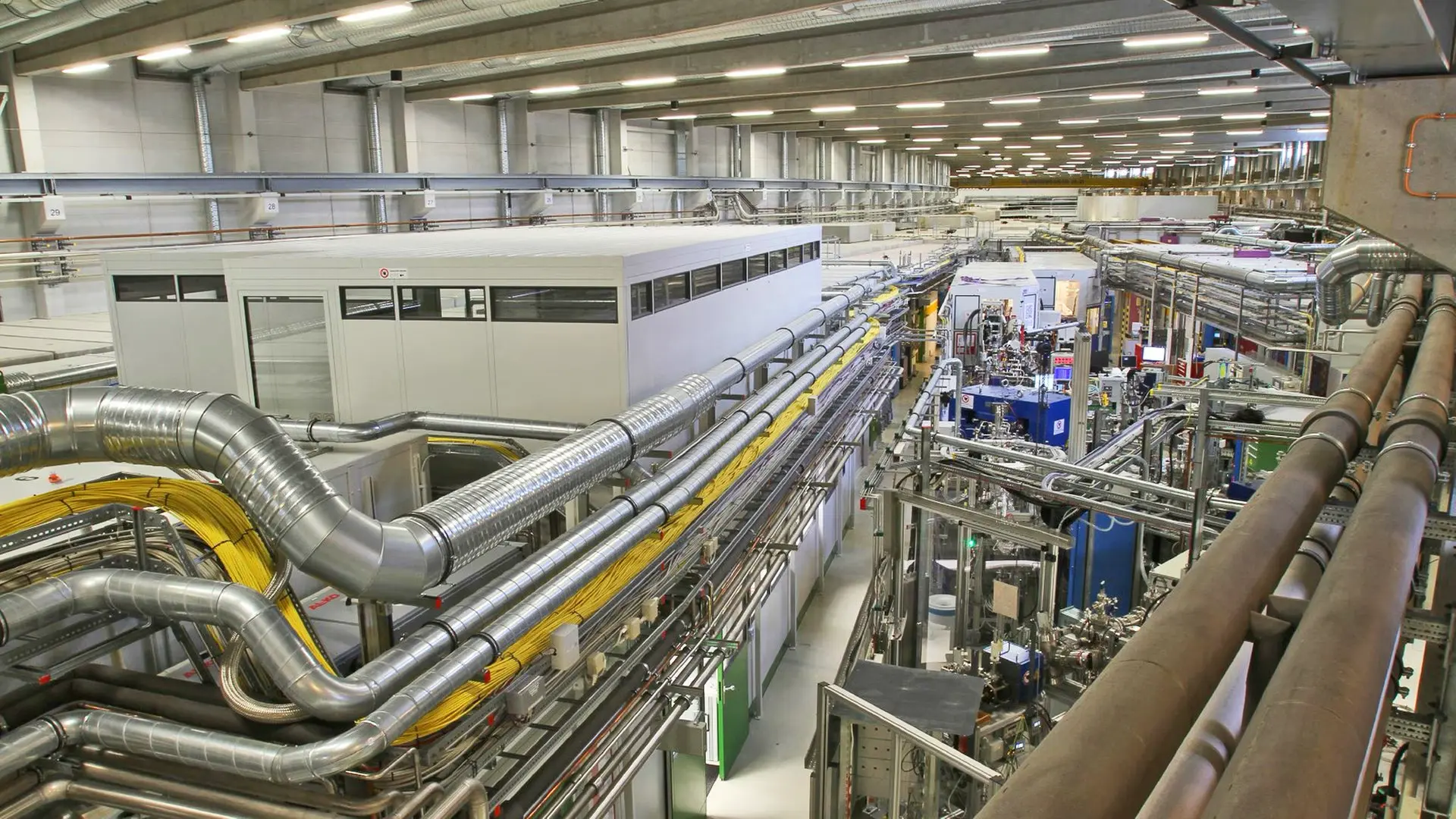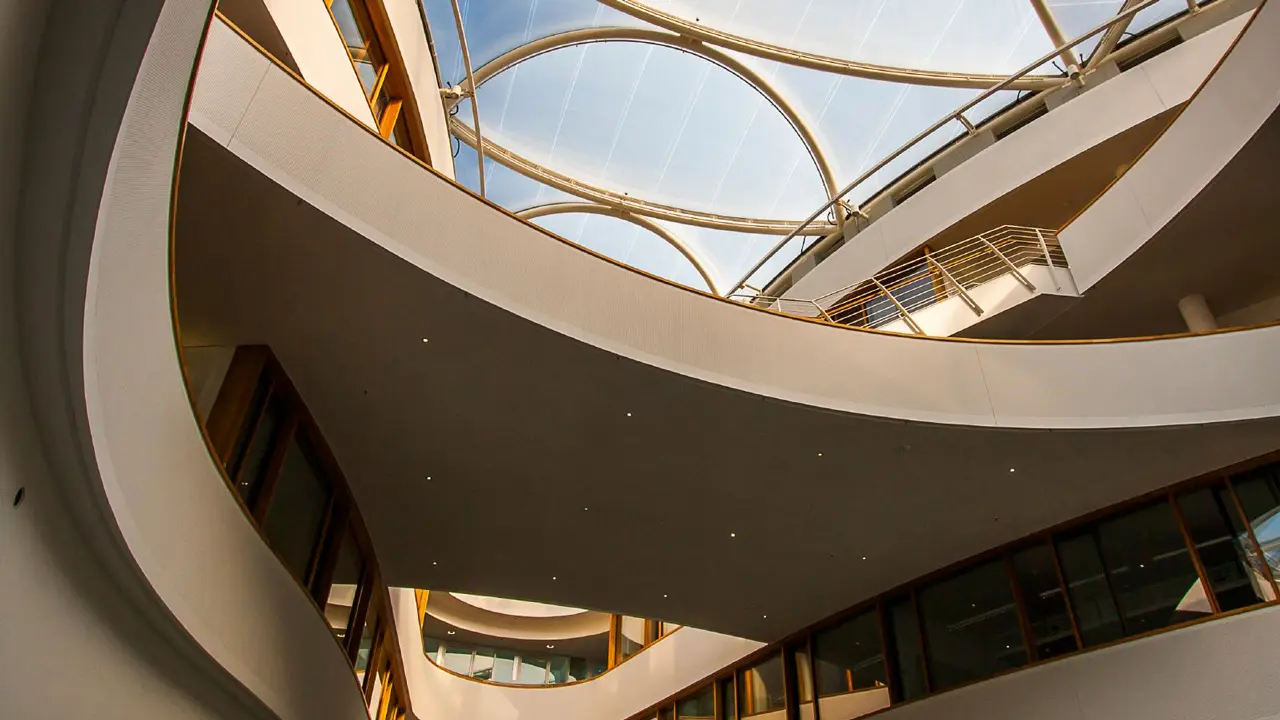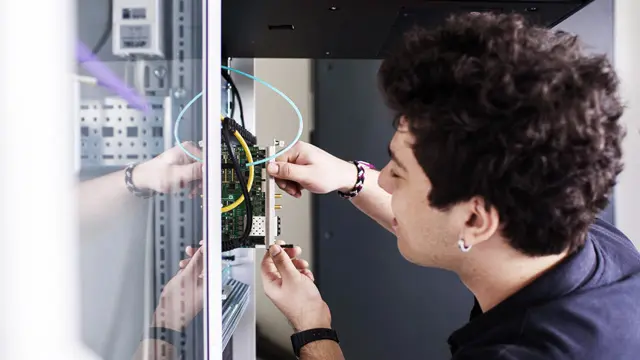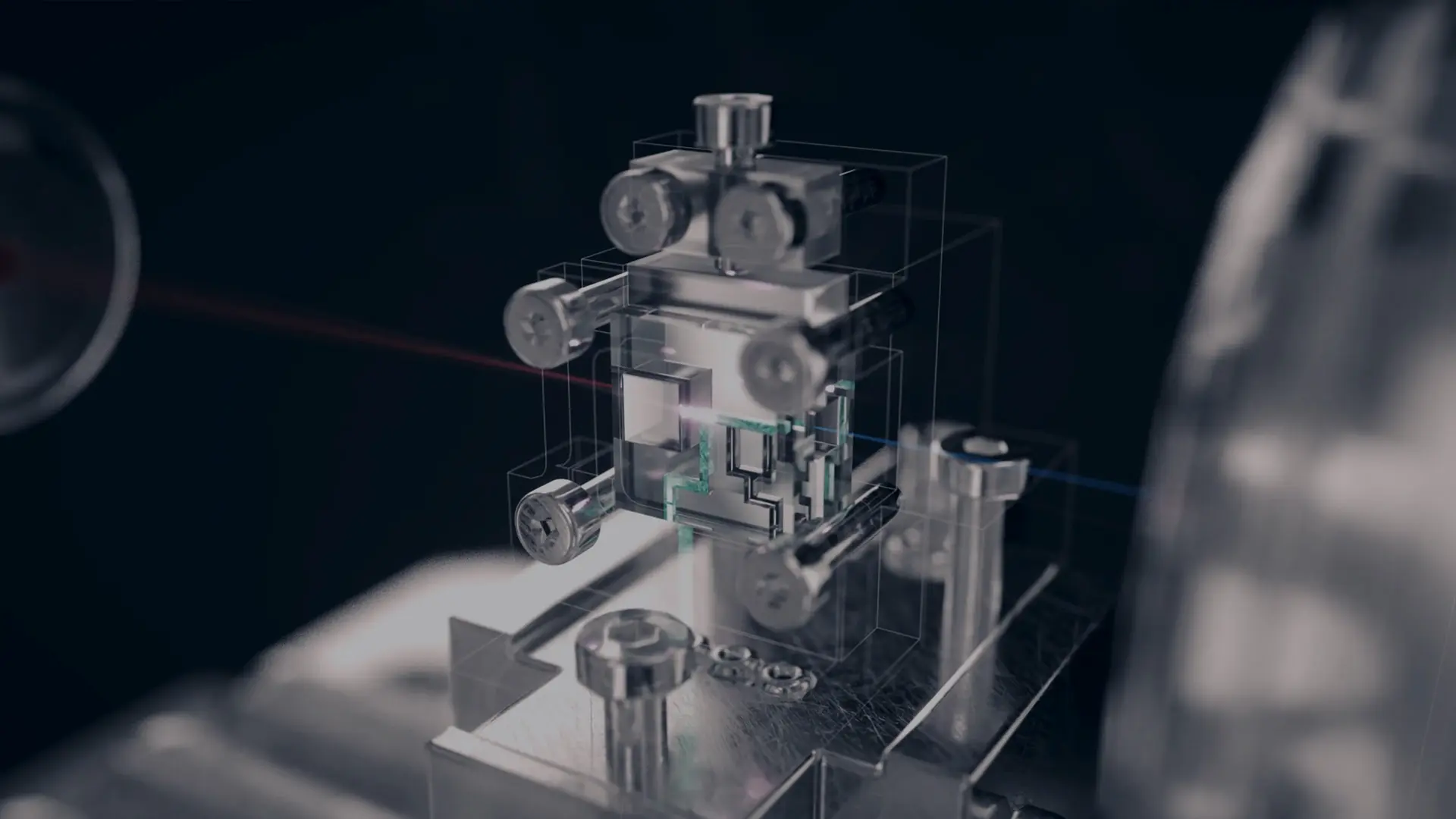
Accelerators
Particle accelerators are among the most important tools for research. They speed up tiny, electrically charged particles nearly to the speed of light – that is, to almost 300 000 kilometres per second.
A broad range of scientific disciplines benefit from these fast particles. Particle physicists bring them together in head-on collisions to investigate the tiniest building blocks of matter. Chemists, materials scientists and biologists use accelerators to generate the brightest X-ray radiation in the world in order to examine diverse materials ranging from aircraft turbines to microchip semiconductors and proteins that are essential to life. Medical researchers use accelerators for cancer therapy, as the high-energy particle beams can be targeted to destroy tumours.
Scientific information about the Accelerator Division
Here, you will find the web pages of DESY’s Accelerator Division.
All accelerators function according to the same principle: Powerful electromagnetic waves accelerate the particles and massive magnets keep them on course. However, the accelerators’ specific technology varies according to the field of application. For the purposes of particle physics, accelerators must endow the particles with as much energy as feasible. Only then is it possible to generate and analyse the fundamental components of matter. An accelerator that functions as a light source, on the other hand, must induce the particles to emit extremely brief and intense flashes of X-rays.
World-class accelerator centre
With over 65 years of experience in both areas, DESY is among the world’s leading accelerator centres. The facilities that DESY develops and builds are unique research tools. They generate the world’s most intense X-rays, accelerate particles to highest energies and open new windows onto the universe. To design, build and successfully run such sophisticated pieces of high-tech equipment over many decades, at the limits of what is technically feasible, requires the combined forces of numerous experts from a whole range of specialist fields. All in all, over 700 people at DESY work on accelerator development, construction and operation, in close cooperation with universities, research institutions and industrial companies from Germany and throughout the world.
Pioneering superconducting accelerator technology
The DESY experts can only expand their top position in the world ranking of accelerator centres by time and again breaking new technological ground. With the superconducting TESLA technology, DESY and its international partners have developed a pioneering accelerator concept that now forms the basis for two major facilities in the Hamburg region: the free-electron laser FLASH at DESY and the European XFEL X-ray laser, currently the most brilliant X-ray source in the world. Thanks to the superconducting technology, the repetition rate of the X-ray flashes and thus the average brilliance of the European XFEL are orders of magnitude higher than in other, normal-conducting facilities of this kind.
Pushing back the frontiers of today’s technology
To stay at the forefront of global research in photon science, DESY plans to expand its current X-ray source PETRA III into the 4D X-ray microscope PETRA IV, the world’s brightest fourth-generation synchrotron radiation source, which will open up new vistas into the nanoworld. This will be achieved by upgrading the facility to a so-called diffraction-limited storage ring – the ultimate physical limit for this kind of light source. The free-electron laser FLASH is also being further optimised in the FLASH2020+ project. Together with European XFEL, DESY is working on the future development of the X-ray laser and its accelerator, among other things to increase the number of X-ray flashes from 27 000 to up to one million per second.
Devising the accelerators of the future
DESY is one of the forerunners of plasma wakefield acceleration – a revolutionary accelerator concept that enables up to a thousand times higher accelerating fields than conventional technology. It thus promises a new generation of powerful particle accelerators that could be built much more compactly than today’s facilities and could complement them in research, medicine and industry. In plasma accelerators, a laser or particle beam is used to generate a charged wave in a plasma that accelerates the subsequent particles. With the facilities LUX and KALDERA for laser-driven plasma acceleration and FLASHForward for the electron-beam-driven variant, DESY is pioneering developments in both directions, with the aim to realise mature plasma accelerators that can be deployed in its research areas in the future.
Complementing these core activities, DESY is pushing the frontiers of accelerator technology with various other facilities. The ARES linear accelerator enables accelerator research with ultrashort electron bunches for medical purposes and the development of autonomous accelerator methods. The AXSIS facility is used to explore terahertz-driven acceleration and its applications. At REGAE, the generation of ultrashort electron bunches is being advanced to perform time-resolved diffraction experiments on various materials. In Zeuthen, DESY operates the PITZ linear accelerator dedicated to the development of electron sources for the X-ray lasers of the future.
Research infrastructure
DESY operates one of the brightest storage ring X-ray radiation sources in the world.
- More about PETRA III
DESY is developing the world’s best storage ring X-ray light source.
- More about PETRA IV
The free-electron laser generates ultrashort-pulse laser light in the soft X-ray range.
- More about FLASH
The upgrade project makes the FLASH free-electron laser even more flexible and powerful.
- More about FLASH2020+
DESY is the main shareholder and operates the accelerator of Europe’s big X-ray laser.
- DESY’s contribution to European XFEL
- More about European XFEL
DESY's groundbreaking high-power laser KALDERA will make plasma accelerators competitive.
- More about KALDERA
LUX is used to investigate and further develop laser-driven plasma acceleration.
- More about LUX
The electron bunches of FLASH are used to explore particle-driven plasma acceleration.
- More about FLASHForward
ARES enables accelerator research and the development of autonomous accelerator procedures.
- More about ARES
The photoinjector test facility at DESY in Zeuthen is used to develop and optimise high-performance electron sources.
- More about PITZ
The source of relativistic electron beams enables novel, time-resolved structural investigations.
- More about REGAE
Research groups from all over the world use the DESY test beam to check detector components.
- More about the DESY test beam
The Interdisciplinary Data and Analysis Facility offers extensive computing capacities for research at DESY: the Maxwell High-Performance Computing (HPC) Cluster, in particular for photon science and accelerator development, the DESY Grid infrastructure with a Tier-2 centre for particle and astroparticle physics as well as the National Analysis Facility (NAF) for particle physics.
- More about IDAF
- Specialised information on IDAF
- Specialised information on Maxwell HPC Cluster
- Specialised information on DESY Grid
- Specialised information on NAF
DESY’s four research areas
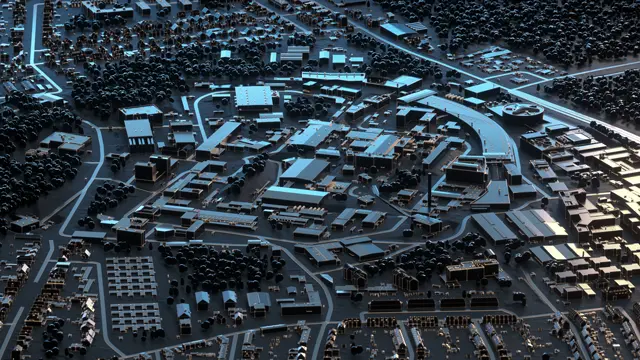
PETRA IV: A discovery machine for uncharted scientific territory
Thanks to PETRA IV's ultrabright X-ray light, researchers will be able to investigate natural phenomena and technical processes in new dimensions.
Learn more about PETRA IV

